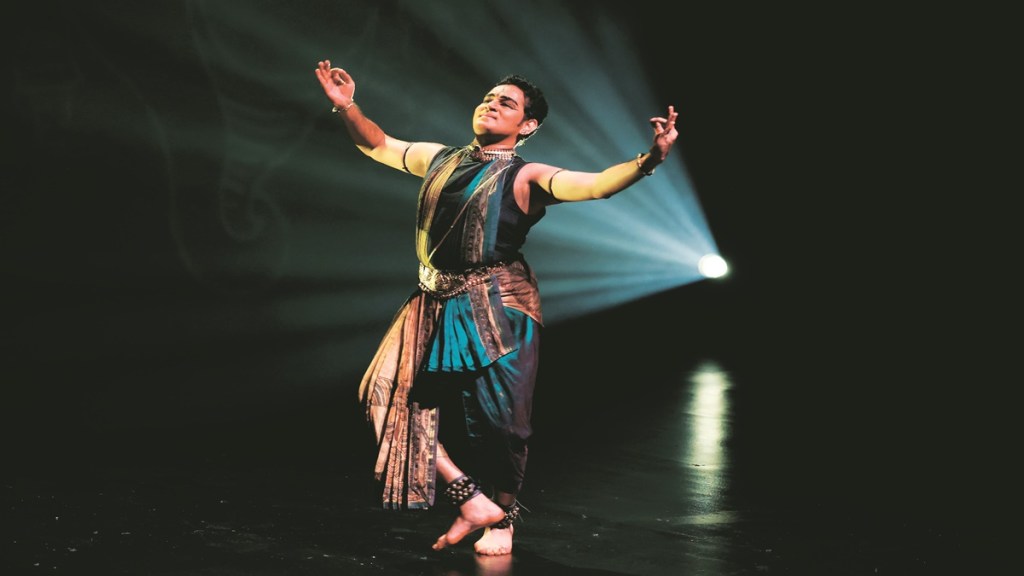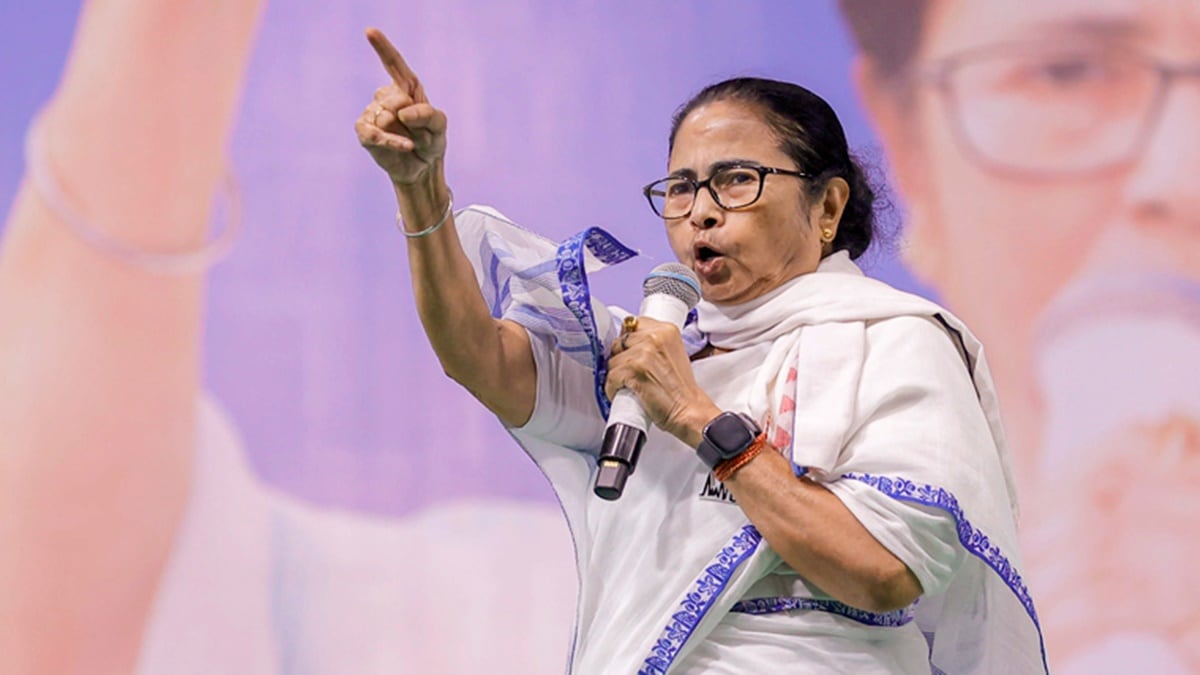Mohanapriyan Thavarajah had just stepped inside the famous shrine in Tamil Nadu’s temple town of Srirangam when he noticed an image of the Snakes and Ladders game at the sanctum sanctorum. “I was intrigued by the presence of a board game we all know,” says Thavarajah, a Singapore-based Sri Lankan national visiting the sprawling Sri Renganatha Swamy temple, considered one of the major places of worship for the Vaishnavites. A professional dancer of the Bharatanatyam classical dance form, the young Thavarajah decided he would find out why a popular game was present inside an important temple.
It was 2017 and Thavarajah was visiting Tamil Nadu he had made home a decade before while studying and training to be a Bharatanatyam dancer at the Kalai Kaviri College of Fine Arts in Tiruchirapalli. Born in Batticaloa in eastern Sri Lanka, he came to Tiruchirapalli to join an under-graduate programme in Bharatanatyam studies. After his Bachelor of Arts in the subject, he stayed on to complete his Master’s programme on the classical dance form. In 2012, Thavarajah left for Singapore to join as the principal dancer and resident choreographer of Apsaras Arts, a dance company founded in Singapore in 1977 by a couple from Tamil Nadu, S Sathyalingam and Neila Sathyalingam, both alumni and former faculty members of Kalakshetra, Chennai.
Leaving Srirangam’s Sri Renganatha Swamy temple, Thavarajah continued to brood on the Snakes and Ladders game and its influence on a shrine. “I went back and poured over books to learn more,” he says. He soon found out that a board game he thought was a British concept all along was in fact an ancient game originated in India. “The game was called Parama Padam in Tamil Nadu. It taught people about how to attain moksha by doing good deeds,” he adds. Back in Singapore, Thavarajah immersed himself into understanding more about the game and its ancient links. But he became aware that it was important to link a tradition with modernity. And there was nothing better than dancing to do it.
Parama Padam, a solo Bharatanatyam performance, became the new dance production for the latest global tour of Apsara Arts in 2017. Performed in three acts, the one-hour production premiered at the famous Esplanade Theatre in Singapore at the end of 2017. Thavarajah was the solo dancer. “The new production was sold out for two days at the Esplanade Theatre,” beams Thavarajah. Last year Apsara Arts took the production to Sri Lanka and India, staging shows in Chennai, Bangalore and Mumbai. In the same year, it was performed in eight cities across France, including Paris. On October 9 this year, Parama Padam was performed to a packed audience at the Stein Auditorium in India Habitat Centre, New Delhi, before the dance company heads for another show in Liverpool, England early next month.
“The dance performance is about the big battle we fight with modernity and its myriad problems,” says Thavarajah about the production he researched and choreographed. “The ancient board game was progressively thought to teach good moral values,” he adds. The performance, which plays out a board of Snakes and Ladders, begins with a soul’s quest to attain moksha. But the pursuit is defeated at every attempt. The soul is then explained why the pursuit is difficult through examples of those who have succeeded. The examples are of the 17th century sage, Sant Tukaram, Vaishnavite saint Periyalvar and saint Tyagaraja. In the end, moksha or entry into heaven is revealed as not a destination, but a way of life guided by moral values and undertaken by every person. “Our culture is neglected today and dance is a tool to translate powerful messages to audiences,” says Thavarajah. “A dance performance is not only about aesthetics and costume.”
The production is heavily aided by classical dancers and musicians in Tamil Nadu. It received mentorship in choreography from Bharatanatyam exponent Priyadarsini Govind in Chennai while the music is composed by Tamil musician and singer Rajkumar Bharathi, the great grandson of venerated Tamil renaissance poet Subramania Bharathi. Apsara Arts, which has an academy where about 200 Singaporean students study Bharatanatyam, and a performing arts company of eight full-time and 12 part-time dancers from Singapore and India, has collaborated with classical dancers in Indonesia, Cambodia and Thailand to mount productions based on Indian classical traditions. “We have collaborated with Balinese, Javanese, Cambodian and Thai professionals for productions based on The Ramayana and Mahabharata,” says Aravinth Kumarasamy, the Colombo-born artistic director of Apsara Arts. “All of them follow the natya shastra.” One of the shows, Angkor: An Untold Story, in 2013 was about the 12th century Angkor Wat temple complex in Cambodia. Another, Anjaneyam: Hanuman’s Ramayana, had Indonesian, Indian and Singaporean dancers. Other Apsara Arts productions include the more contemporary Agathi: The Plight of the Refugee, The Heroines of Raja Ravi Varma and Sita’s Magical Forest, a dance performance for children.
The writer is a freelancer







